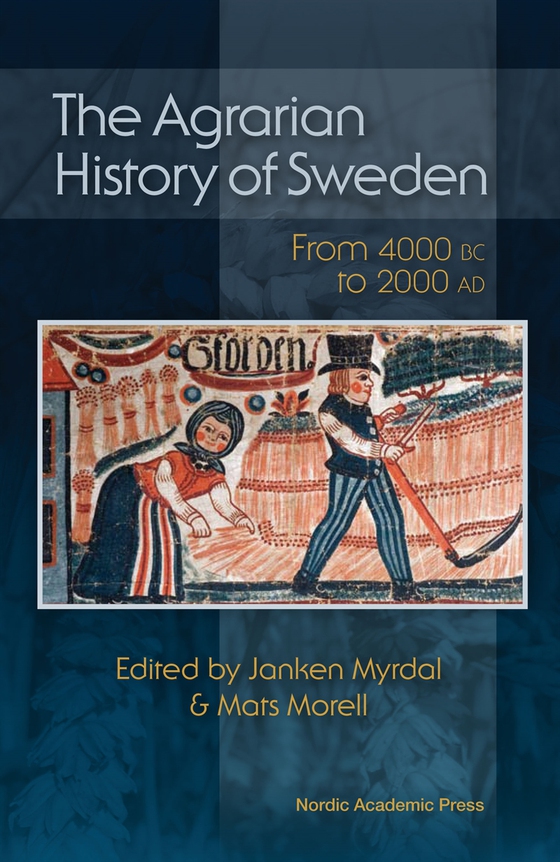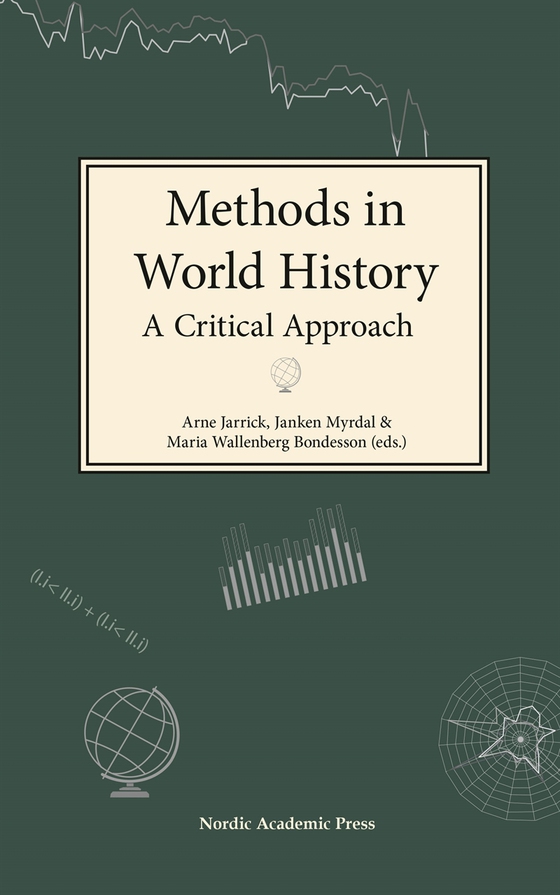
The Agrarian History of Sweden: From 4000 BC to AD 2000 e-bok
165 kr
»An enlightened and comprehensive narrative ... the six chapters are all written by eminent specialists. All reflect up-to-date research. This is a highly readable book recommended to all interested in agrarian and/or Swedish history.« The Historian
This is the first comprehensive account in English of the agrarian history of Sweden from Neolithic times up to the present. It focuses on the me...
E-bok
165 kr
Mer av samma författare
Förlag
Nordic Academic Press
Utgiven
27 Februari 2015
Genrer
Historia & Arkeologi, Fackböcker
Språk
English
Format
epub
Kopieringsskydd
Vattenmärkt
ISBN
9789187121104
»An enlightened and comprehensive narrative ... the six chapters are all written by eminent specialists. All reflect up-to-date research. This is a highly readable book recommended to all interested in agrarian and/or Swedish history.« The Historian
This is the first comprehensive account in English of the agrarian history of Sweden from Neolithic times up to the present. It focuses on the men and women who cultivated the land, the technologies they developed and the way they farmed. What was produced and what quality of life did the farmers have?
The Agrarian History of Sweden is written by the leading specialists in the field who have brought their profound knowledge and enthusiasm to the rich descriptions of crops, landscapes, animals, and farms in different regions and periods.
With a chronological approach, the authors investigate the relationships and interactions between different groups in society: the bonds between landowners, peasants and labourers, the distribution of work and responsibilities between men and women, the livelihood of the Sami people, and the interdependence between agriculture and other industries in Sweden.
The authors draw a wide range of international comparisons, and place the specifics of Swedish agriculture in an international context. The Agrarian History of Sweden is useful and inspiring reading for students, scholars, and indeed for anyone with an interest in Swedish history.
Inga recensioner än






